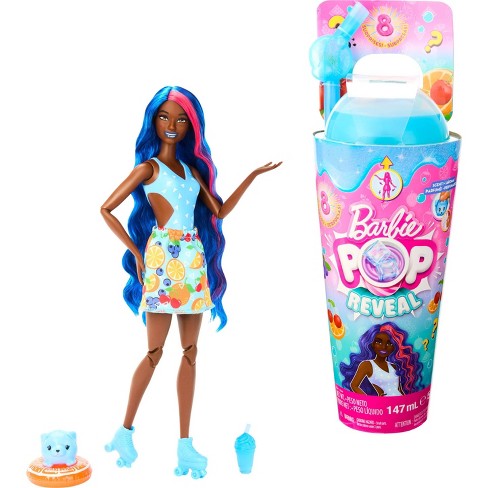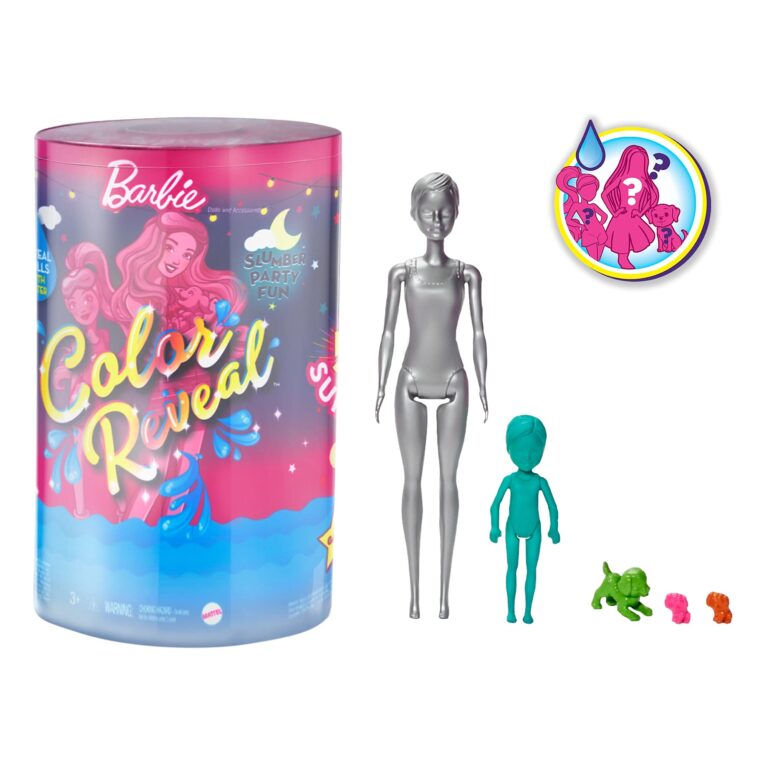A dog can go without food for approximately three weeks and without water for about three days. Dogs can survive longer without food than without water.
However, it is essential to provide them with a balanced diet and a constant supply of fresh water to maintain their health and well-being. Proper nutrition is vital for a dog’s overall physical and mental development, and dehydration can lead to serious health complications.
If you plan to be away from your dog for an extended period or face an emergency where food and water are scarce, it is crucial to make appropriate arrangements to ensure your dog’s survival. This article will discuss the effects of dehydration and starvation on dogs and provide tips on how to keep them nourished and hydrated in challenging situations.

Credit: www.theguardian.com
How Long Can A Dog Go Without Food?
One common concern among dog owners is how long their furry friends can go without food. While dogs are known for their hearty appetites, certain circumstances can change their ability to survive without sustenance. Understanding the factors that affect a dog’s ability to go without food can help you provide the best care for your canine companion.
Factors Affecting A Dog’s Ability To Survive Without Food
Several factors come into play when determining how long a dog can go without food:
- Age and Health: Puppies and older dogs generally have a higher risk of adverse effects from lack of food. Dogs with pre-existing health conditions may also have a decreased ability to tolerate prolonged periods without sustenance.
- Size and Weight: Smaller dogs have higher metabolic rates and may require more frequent meals. Conversely, larger dogs tend to have more energy reserves and can go longer without food.
- Breed and Activity Level: Some breeds have specific dietary needs or higher energy requirements due to their genetics or activity level. Dogs that are highly active may need more frequent meals to maintain their energy levels.
- Environment and Stress Levels: Dogs in stressful or unfamiliar environments may experience a decreased appetite. Additionally, extreme environmental conditions, such as extreme heat or cold, can impact a dog’s ability to go without food.
Typical Duration A Dog Can Go Without Food
The duration a dog can survive without food can vary depending on the circumstances. On average, a healthy adult dog should not go without food for more than three to five days. However, it is crucial to note that individual dogs may have different tolerances and can experience adverse effects sooner.
Note: While a dog’s ability to survive without food may be longer, intentionally starving a dog is inhumane and can lead to severe health complications and even death.
Signs Of Malnutrition And Starvation In Dogs
It is essential to recognize the signs of malnutrition and starvation in dogs to address their needs promptly. Some common indicators include:
- Weight Loss: Observe any sudden or significant weight loss in your dog.
- Lack of Energy: A dog that is weak, lethargic, or lacks their usual energy level may be experiencing malnutrition.
- Changes in Coat Condition: Dull, brittle, or thinning fur can be a sign of malnutrition.
- Behavioral Changes: Dogs may exhibit irritability, restlessness, or changes in behavior when malnourished or starved.
If you notice any of these signs, consult with a veterinarian immediately to address your dog’s nutritional needs and prevent further complications.

Credit: www.amazon.com
How Long Can A Dog Go Without Water?
When it comes to ensuring the health and well-being of our furry friends, understanding their basic needs is crucial. One of the most important needs for any living being, including dogs, is access to fresh water. Adequate hydration is vital for maintaining a dog’s overall health and bodily functions. In this section, we will focus on the subheading: How long can a dog go without water?
Importance Of Water For A Dog’s Hydration
Water is essential for a dog’s hydration, just as it is for humans. Hydration plays a vital role in dogs’ overall health, as it helps regulate body temperature, aids digestion and nutrient absorption, facilitates circulation, and supports joint function. Without enough water, dogs can experience a wide range of health issues that can have both short and long-term consequences. Keeping your dog hydrated is therefore crucial for their well-being.
Dangers Of Dehydration In Dogs
Dehydration occurs when a dog’s body loses more fluid than it takes in. This can happen due to various reasons such as excessive panting, diarrhea, vomiting, diabetes, kidney disease, or simply not having enough access to water. When a dog becomes dehydrated, it can lead to serious health complications.
Some of the dangers of dehydration in dogs include:
- Weakened immune system
- Organ failure
- Urinary tract infections
- Heat stroke
- Electrolyte imbalances
Average Time A Dog Can Go Without Water
While the exact time a dog can go without water varies depending on several factors such as their age, size, health condition, and activity level, it is generally recommended that dogs have access to fresh water at all times. Typically, a healthy adult dog can survive for about 3 to 5 days without water if necessary. However, it is important to note that this timeline can be significantly reduced in extreme weather conditions or if your dog has underlying health issues.
Signs Of Dehydration In Dogs
To ensure the well-being of your dog, it is essential to recognize the signs of dehydration early on. Some common signs of dehydration in dogs include:
- Excessive panting
- Dry gums and nose
- Lethargy or lack of energy
- Loss of skin elasticity
- Sunken eyes
- Increased heart rate
- Dark yellow or amber-colored urine
- Weakness or collapse
If you notice any of these signs or suspect that your dog may be dehydrated, it is important to take immediate action. Provide them with fresh water and consult a veterinarian if necessary.
Tips For Ensuring Your Dog’s Well-being
Ensuring your dog’s well-being includes understanding how long they can go without food and water. It is important to provide them with regular meals and access to fresh water to keep them healthy and hydrated.
Establishing A Proper Feeding Routine
Establishing a proper feeding routine is crucial for your dog’s well-being. Dogs thrive on routine, so it’s essential to feed them at consistent times each day. Dogs generally require two meals per day, but your veterinarian can guide you on the specific needs of your dog based on factors such as age, size, and breed. To establish a feeding routine:
- Divide your dog’s daily food portion into two equal meals.
- Set specific meal times and stick to them.
- Find a calm and quiet feeding area for your furry friend.
- Ensure that everyone in the household knows the feeding schedule and follows it consistently.
By establishing a proper feeding routine, you can help maintain your dog’s digestive health and overall well-being.
Providing Fresh Water At All Times
Water is essential for your dog’s daily activities and bodily functions. Dehydration can lead to serious health issues, so it’s important to provide fresh water at all times. Follow these tips to ensure your dog stays hydrated:
- Fill your dog’s water bowl with clean and fresh water every day.
- Place multiple water bowls in different areas of your home, especially if you have a larger living space.
- Change the water frequently throughout the day, especially during warmer months.
- If you notice your dog isn’t drinking enough water, consider adding wet food to their diet, as it contains some water content.
Remember, providing fresh water is essential for your dog’s comfort and overall well-being.
Recognizing Signs Of Illness Or Distress
Knowing how to recognize signs of illness or distress in your dog is crucial for their well-being. Dogs may not always show obvious signs of discomfort, so being vigilant is important. Look out for the following indicators:
- Loss of appetite or sudden disinterest in food
- Increase or decrease in water intake
- Lethargy or decreased activity levels
- Vomiting, diarrhea, or signs of discomfort during elimination
- Excessive panting or difficulty breathing
- Changes in behavior, such as aggression, clinginess, or withdrawal
If you observe any of these signs, reach out to your veterinarian for guidance and prompt medical attention.
Seeking Veterinary Care When Necessary
Regular veterinary care is essential for your dog’s well-being. Professional veterinarians can detect potential health issues before they worsen and provide appropriate treatment. Consider these recommendations:
- Schedule regular wellness check-ups with your veterinarian.
- Follow the recommended vaccination and preventative care schedules.
- Communicate any concerning symptoms or changes in behavior to your veterinarian.
- Adhere to prescribed medications, including flea and tick prevention.
- Seek immediate veterinary care in cases of emergencies or severe illness.
Remember, seeking veterinary care when necessary is vital for keeping your furry friend healthy and happy.

Credit: www.target.com
Frequently Asked Questions For How Long Can A Dog Go Without Food And Water
How Long Is It Safe For A Dog To Go Without Water?
A dog should not go without water for more than 24 hours to avoid dehydration and potential health risks.
Can A Dog Survive 5 Days Without Food And Water?
Yes, a dog can survive 5 days without food and water, but it is not recommended. Proper nutrition and hydration are essential for a dog’s health and well-being, so it’s important to provide them with regular meals and access to fresh water.
What Happens When A Dog Stops Eating And Drinking Water?
A dog may be sick or stressed if it stops eating and drinking water. It’s crucial to seek veterinary help to determine the underlying cause and provide necessary treatment.
How Long Should A Dog Not Eat Before Going To The Vet?
A dog should not eat for at least 8-12 hours before going to the vet to ensure accurate test results and prevent complications during certain procedures.
Conclusion
Understanding the length of time a dog can go without food and water is crucial for their overall health and well-being. While individual circumstances and factors may vary, it is generally recommended to not let a dog go more than 3-5 days without food and 24-48 hours without water.
Remember, proper nutrition and hydration are vital for a happy and healthy furry friend. So, make sure to provide your dog with regular meals and access to clean water to ensure their vitality and longevity.



